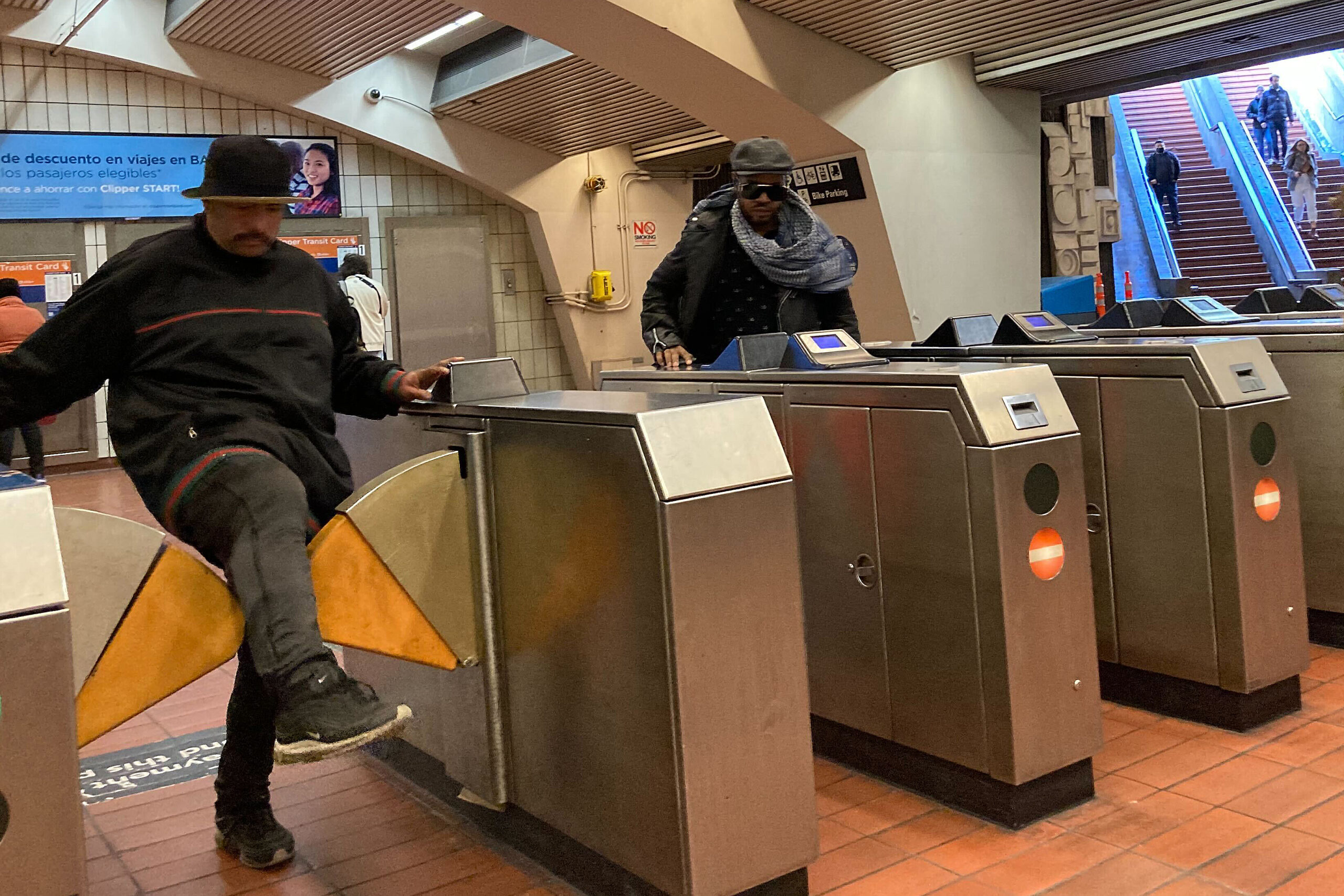A financial life raft to keep the Bay Area’s struggling transit agencies temporarily afloat is on its way. But it comes with a catch: BART and Muni will have to do more to deal with fare evasion and public safety to get the money.
The Metropolitan Transit Commission is allocating around $747 million in state and regional funds over the next two fiscal years to help local transit agencies facing drastic declines in ridership and revenue. Bay Area transit ridership has recovered to around 66% of pre-Covid levels, according to commission data.
The vast majority of the money—around 85%—will go to BART and Muni, which will get $308 million and $352 million, respectively. Other agencies receiving significant dollars include Golden Gate Transit with $41 million, Caltrain with $25.4 million and AC Transit with $32.6 million.
Each operator will have to approve the funding plan. The commission will submit a finalized proposal to the California State Transportation Agency for approval by the end of the year.
State Sen. Scott Wiener, a major champion of providing more local transit funding, said at a select committee meeting Monday:
“If we start seeing the unraveling of major transit systems, we will all pay the price.” Wiener had previously proposed an additional bridge toll to temporarily keep the systems running before shelving the measure earlier this year after concerns were raised about reallocating funds.
State Sen. Nancy Skinner raised the question of how money from a voter-approved bridge toll increase approved in 2018 could be reallocated from its initial purpose of expanding capacity in the transit network.
“It just seems that there needs to be a re-look at what was viewed as priority at the point when that was passed and what is priority today,” Skinner said. She added she had faced “great resistance” from the MTC about putting the question back on the ballot.
Without the additional funds, Muni and BART estimate a funding shortfall of $867 million and $1.05 billion, respectively, over the next five years. The Bay Area-wide cumulative deficit across operators over the same period is projected to add up to nearly $2.7 billion.
Some $300 million in regional transit funds from the Metropolitan Transit Commission will bolster around $447 million earmarked for Bay Area transit funding in the state budget. That money comes with very specific strings attached that are meant to inject accountability into how it is spent and how the agencies operate.
All operators benefitting from the funds must participate in efforts to better align schedules, fair payment, mapping and wayfinding across various regional transit systems. They are also required to support paratransit access and more streamlined connections between operations.
But BART and Muni have specific measures geared toward improving public safety and combatting the widespread problem of fare evasion.
BART, which has seen a growing number of lapsed riders point to cleanliness and public safety issues, is required to keep implementing more than 700 new fare gates by the end of 2025.
Additionally, officials will need to compile a written report on the systems’ programs to increase safety and prevent crises, including recommendations for improvement and where they might coordinate with other agencies.
Muni is also required to report on similar efforts as well as its fare collection procedures and recommendations to reduce fare dodging.
“You asked us to adopt accountability provisions to ensure agencies are prioritizing actions that will help bring back riders,” said the commission’s Executive Director Andrew Fremier at the committee meeting. He noted that the commission will require operators to demonstrate progress on those accountability measures prior to allocating annual funds.
It should be noted that for local transit agencies—which have already received billions in federal rescue funds to get them through the pandemic without major cuts—the current plan is a short-term fix.
Barring a dramatic ridership comeback, the money only serves to stave off until 2026 a forthcoming fiscal cliff and massive service cuts.
For a longer-term solution, the commission is aiming to put the issue in front of voters in the form of a regional transit bond measure planned for 2026. Getting there first requires an extended process involving passing state legislation authorizing the agency to pose a regional ballot measure.
